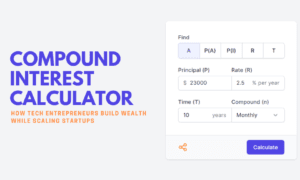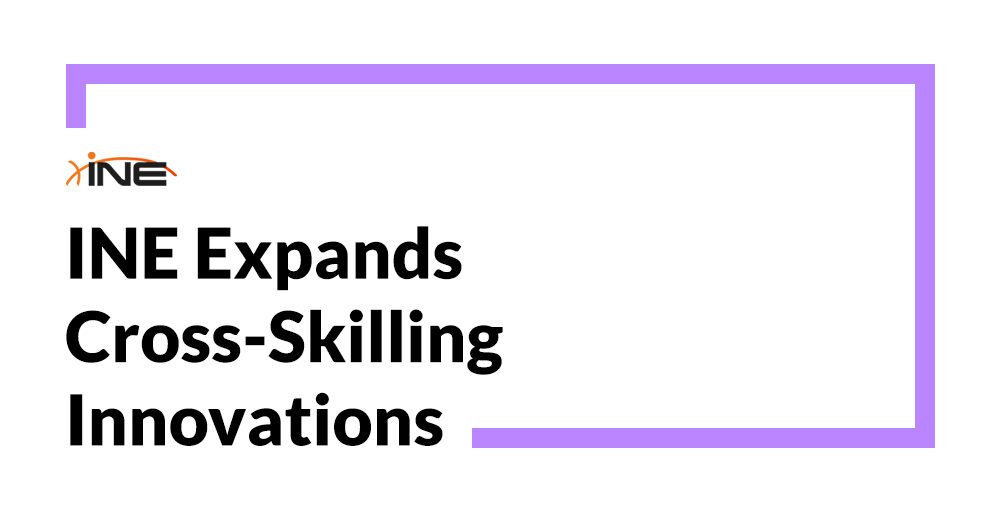Contractors keep buildings running, equipment maintained and facilities safe, yet managing them effectively has never been more complex. Higher compliance standards, increased insurance scrutiny and rising security risks mean organisations must now take a far more structured approach to controlling who can enter their sites and on what terms.
This is why a modern contractor access control system has become an essential component of workplace safety and operational efficiency. The traditional model of manual logbooks, informal approvals and generic passes can no longer provide the level of visibility or assurance required. Instead organisations are turning to digital systems that provide real-time oversight, audit-ready documentation and consistent processes across all locations.
Why contractor management is changing
Contractor workforces are more flexible and distributed than ever. Teams move between buildings, attend short-notice jobs and often require access to sensitive or restricted areas. Facilities teams must balance efficiency with compliance and ensure that every contractor on site has completed the necessary checks.
Many workplaces still rely on outdated processes that create risk. As contractor management experts, Semieta notes:
“Traditional contractor management methods such as manual logbooks are prone to errors, inefficiencies and limited oversight. Modern visitor management solutions centralise data and can ensure that contractors are not only authorised to be on site but are fully compliant with all regulations.”
This shift to digital workflows is not simply a technological upgrade; it is a fundamental change in how organisations protect staff, facilities and operational continuity.
A clear example of this comes from Nuffield College at the University of Oxford, where major refurbishment work created the need for greater contractor oversight. By working with Semieta to adopt a digital process, the college gained instant visibility of who was on campus, which compliance steps had been completed and whether contractors were permitted to work in specific areas. It is the kind of clarity that paper-based systems simply cannot provide.
What to look for in a modern contractor system
A strong contractor management solution should create a smooth but secure experience from the moment a contractor is invited to the moment they leave the site. One of the most important elements is the ability to manage compliance reliably and consistently. Tools that fall under the category of contractor compliance software allow organisations to collect and verify insurance documents, certifications, safety training records and right-to-work documentation in advance. If anything is missing the system can prevent the contractor from accessing the site until the required information has been supplied.
Pre-arrival registration is another key part of a well-designed workflow. When contractors can upload documents, complete inductions and confirm attendance ahead of time reception teams no longer face the bottlenecks that come with last-minute checks or incomplete paperwork.
Real-time visibility is essential for both safety and operational control. The most effective systems provide live dashboards showing exactly who is on site at any moment. Semieta highlights this clearly:
“A key feature is our live roll call which improves safety and accountability, enhances emergency response, ensures compliance with health and safety regulations and streamlines incident reporting through real-time tracking and accurate personnel data.”
This level of oversight becomes invaluable during incident responses, evacuations or inspections.
Integrating the platform with access control allows approved contractors to receive time-limited access permissions that match their project requirements. When approval expires access can be automatically revoked, reducing the risk of unauthorised movement through the building. This is where modern contractor access solutions offer a significant advantage over standalone sign-in tools.
Consistency across sites also matters. For organisations operating multiple buildings or campuses the system should support shared workflows, centralised reporting and the flexibility to manage site-specific rules without introducing unnecessary variation. A modern contractor sign-in system helps ensure that every location maintains the same standards and that contractors encounter a familiar, efficient process wherever they work.
Reporting and analytics bring further value. Accurate attendance logs, document-expiry alerts, incident records and project-based reporting help organisations demonstrate compliance, understand contractor activity and identify areas for improvement. The best systems turn this information into actionable insights that support both operational planning and regulatory confidence.
Common risks to avoid
Not all digital contractor management tools deliver the same results. One common issue is the presence of manual checks hidden behind digital interfaces. A system that requires teams to review documents manually without automated validation introduces delays and increases the potential for missed steps.
Another risk arises when systems lack integration capabilities. If your contractor platform cannot communicate with your access control, HR system or security tools you may end up managing the same information multiple times, with unnecessary gaps in data and oversight.
Scalability is important too. A system that works for a single building may not support a larger estate or more complex access requirements. Choosing a flexible, future-ready platform saves time and cost later.
Finally vendor support should not be overlooked. Implementation, training and ongoing assistance make a significant difference to the success of a new system. Technology is only effective when people understand how to use it and trust it in their everyday work.
Best practice for a successful implementation
The most effective organisations take a clear, consistent approach to adopting contractor management technology. They start by defining the compliance standards that apply to all contractors regardless of their work or location. Health and safety teams, facilities, security and IT departments are often involved early to help shape the process and ensure it aligns with internal policies.
A phased rollout is usually the most successful. Piloting the system at one location helps teams refine workflows and understand how the technology fits within daily operations before expanding it across multiple sites. Training plays a major role too. Ensuring reception, security and project teams are confident in the system helps create a consistent experience for contractors and reduces resistance to change.
Continuous monitoring is where organisations realise long-term value. With clear dashboards, expiry alerts and detailed reporting, teams can quickly identify gaps, track compliance trends and make ongoing improvements. A well-implemented system becomes an asset that evolves with the organisation rather than a one-time project.
Putting the Right System in Place
Selecting a contractor access control system is no longer simply a matter of digitising sign-in processes. It is about creating a safer, more compliant and more efficient environment for everyone on site. The right system combines clear workflows, strong compliance management, real-time visibility and the confidence that every contractor has been properly approved.
With robust contractor access solutions organisations can reduce risk, streamline arrivals and maintain a high level of operational control across single or multi-site estates. It is an investment that pays dividends in safety, efficiency and peace of mind.
To explore how Semieta helps organisations deliver smarter contractor management



































